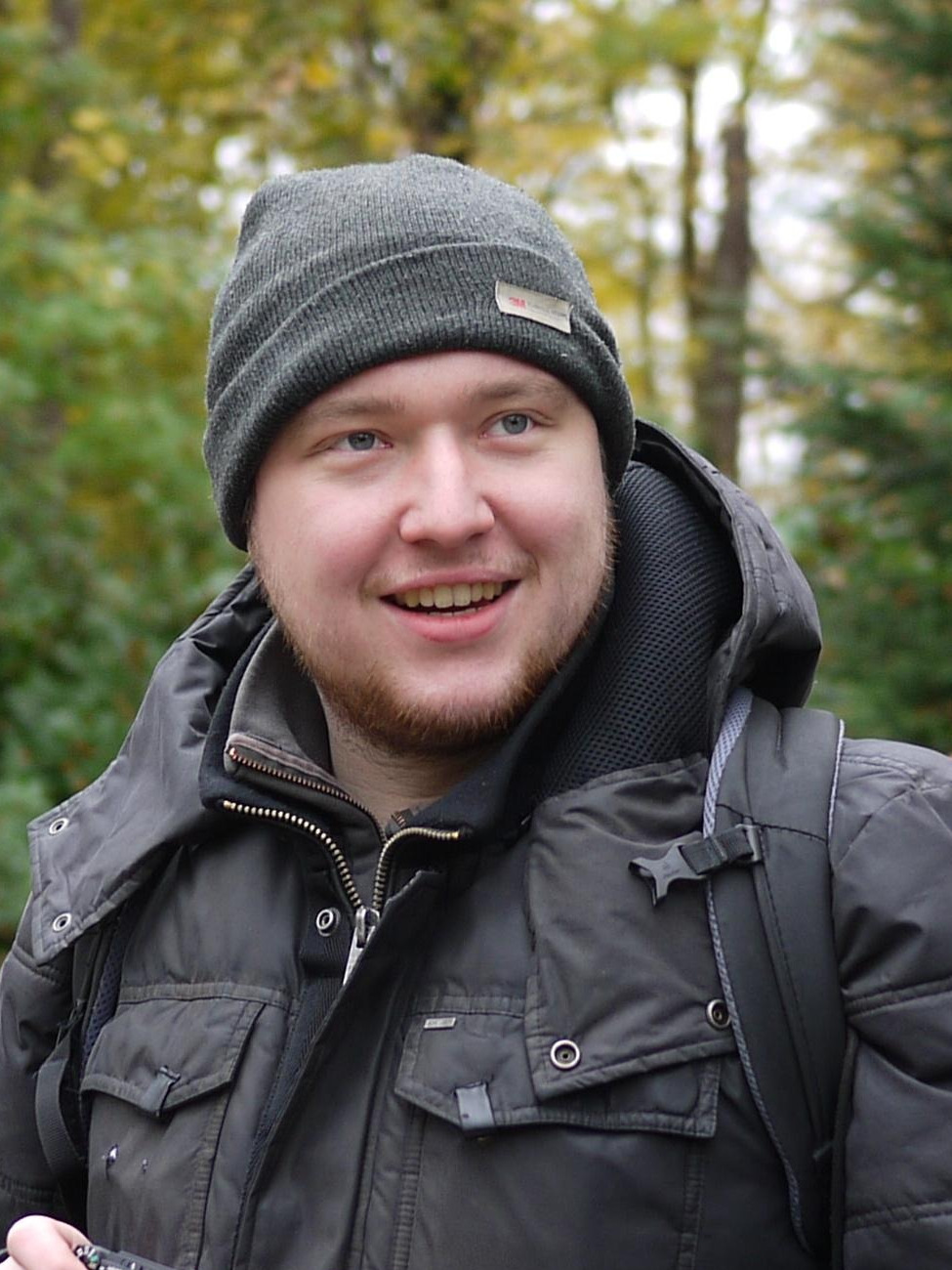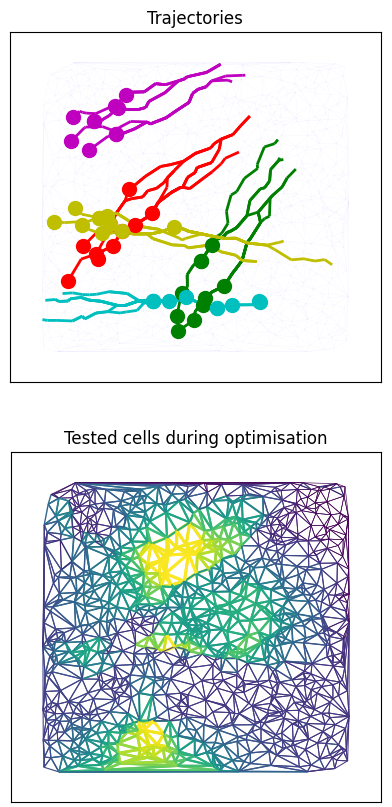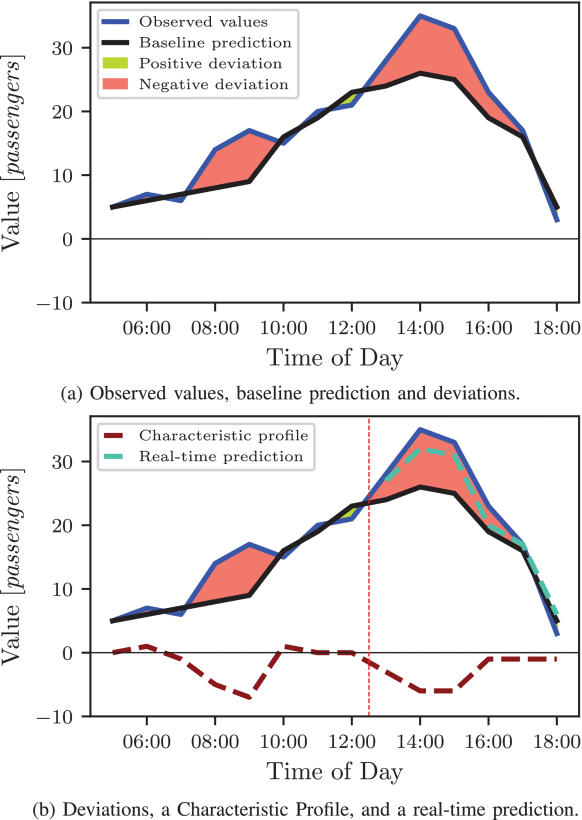
Josef Hoppe
PhD Student
Bio
I am currently a PhD Student in Michael T. Schaub’s Group at RWTH Aachen University.
Previously, I also obtained my Bachelor’s and Master’s in Computer Science at RWTH University. My master’s thesis led to my first (joint) publication on passenger prediction in public transport, but my focus has since shifted toward graph signal processing, algebraic topology, and higher-order networks. In that area, I am proud to report that our paper Representing Edge Flows on Graphs via Sparse Cell Complexes received the Best Paper award at the 2023 Learning on Graphs Conference.
In connection with my research, I have also published or contributed to the following software packages:
- 🌼 CellFlower infers 2-cells from edge flows (Implementation of Representing Edge Flows via Sparse Cell Complexes)
- 🦝 PyRaCCooN generates random cell complexes & approximately counts simple cycles on a graph (Implementation of Random Abstract Cell Complexes)
- TopoX (software engineering / refactoring and reviewing of PRs)
In my free time, I am active in the german-language debating scene, more specifically, the debating club Aachen. Recently, I organized the Western German Debating Championship (WDM 2024).
Recent Talks & Poster Presentations
- 2025-09-11 EUSIPCO 2025 in Palermo: Talk on Faster Inference of Cell Complexes from Flows via Matrix Factorization
- 2025-06-01/03 Netsci 2025 in Maastricht: Poster on Random Abstract Cell Complexes; Talk on Random Abstract Cell Complexes at the HONAI satellite.
- 2024-11-29 Local meetup of the Learning on Graphs Conference 2024 in Paris: Contributed introductory talk on Abstract Cell Complexes and Poster on Random Abstract Cell Complexes.
- 2024-10-22 SIAM MDS in Atlanta, Minisymposium ‘Machine Learning on Graphs for Physical Sciences and Data Analysis’: Invited Talk on Representing Edge Flows on Graphs via Sparse Cell Complexes (see Publications).
- 2024-06-26 Graph Signal Processing Workshop in Delft: Contributed Talk on Representing Edge Flows on Graphs via Sparse Cell Complexes (see Publications).
- 2024-06-18/19 Netsci 2024 in Québec City: Poster on Representing Edge Flows on Graphs via Sparse Cell Complexes; Talk on cell-flower at the software tools satellite.
- 2023-11-30 Complex Networks 2023: Contributed Talk on Representing Edge Flows on Graphs via Sparse Cell Complexes (see Publications).
- 2023-11-29 Learning on Graphs Conference 2023: Contributed Talk on Representing Edge Flows on Graphs via Sparse Cell Complexes (see Publications).
Publications
Don't be Afraid of Cell Complexes! An Introduction from an Applied Perspective
Faster Inference of Cell Complexes from Flows via Matrix Factorization
Random Abstract Cell Complexes
Representing Edge Flows on Graphs via Sparse Cell Complexes

Topological Trajectory Classification and Landmark Inference on Simplicial Complexes

Improving the Prediction of Passenger Numbers in Public Transit Networks by Combining Short-Term Forecasts With Real-Time Occupancy Data
Cite Don't be Afraid of Cell Complexes! An Introduction from an Applied Perspective
@misc{hoppe2025cellcomplexes, title={Don't be Afraid of Cell Complexes! An Introduction from an Applied Perspective}, author={Josef Hoppe and Vincent P. Grande and Michael T. Schaub}, year={2025}, eprint={2506.09726}, archivePrefix={arXiv}, primaryClass={eess.SP}, url={https://arxiv.org/abs/2506.09726}, }Cite Faster Inference of Cell Complexes from Flows via Matrix Factorization
@misc{spreuer2025faster, title={Faster Inference of Cell Complexes from Flows via Matrix Factorization}, author={Til Spreuer and Josef Hoppe and Michael T. Schaub}, year={2025}, eprint={2508.21372}, archivePrefix={arXiv}, primaryClass={cs.SI} }Cite Random Abstract Cell Complexes
@misc{hoppe2024random, title={Random Abstract Cell Complexes}, author={Josef Hoppe and Michael T. Schaub}, year={2024}, eprint={2406.01999}, archivePrefix={arXiv}, primaryClass={cs.DS} }Cite Representing Edge Flows on Graphs via Sparse Cell Complexes
@InProceedings{hoppe2023representing,
title = {Representing Edge Flows on Graphs via Sparse Cell Complexes},
author = {Hoppe, Josef and Schaub, Michael T},
booktitle = {Proceedings of the Second Learning on Graphs Conference},
pages = {1:1--1:22},
year = {2024},
editor = {Villar, Soledad and Chamberlain, Benjamin},
volume = {231},
series = {Proceedings of Machine Learning Research},
month = {27--30 Nov},
publisher = {PMLR},
pdf = {https://proceedings.mlr.press/v231/hoppe24a/hoppe24a.pdf},
url = {https://proceedings.mlr.press/v231/hoppe24a.html},
}Cite Topological Trajectory Classification and Landmark Inference on Simplicial Complexes
@inproceedings{grande2024topological,
author={Grande, Vincent P. and Hoppe, Josef and Frantzen, Florian and Schaub, Michael T.},
booktitle={2024 58th Asilomar Conference on Signals, Systems, and Computers},
title={Topological Trajectory Classification and Landmark Inference on Simplicial Complexes},
year={2024}, volume={}, number={}, pages={44-48}, doi={10.1109/IEEECONF60004.2024.10942887}
}Cite Improving the Prediction of Passenger Numbers in Public Transit Networks by Combining Short-Term Forecasts With Real-Time Occupancy Data
@ARTICLE{10057448,
author={Hoppe, Josef and Schwinger, Felix and Haeger, Henrik and Wernz, Jonas and Jarke, Matthias},
journal={IEEE Open Journal of Intelligent Transportation Systems},
title={Improving the Prediction of Passenger Numbers in Public Transit Networks by Combining Short-Term Forecasts With Real-Time Occupancy Data},
year={2023},
volume={4},
number={},
pages={153-174},
doi={10.1109/OJITS.2023.3251564}}